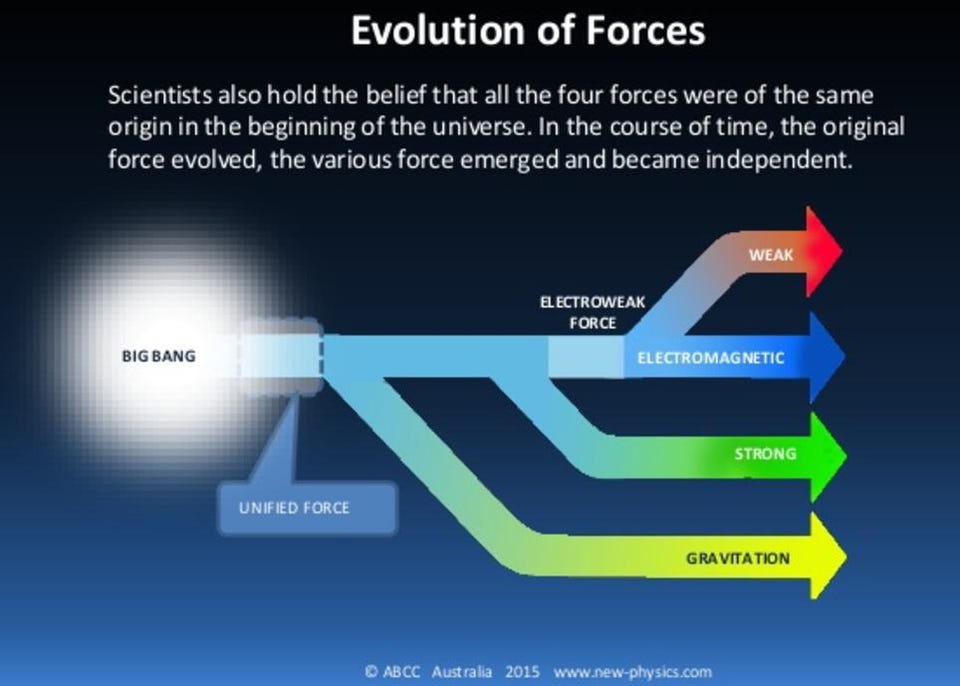Race, Family, and Song in Three Recent Films

Well, I realize I’ve been failing you by not sharing my views on the top films. My remedial effort will begin with three I saw in the last couple of days.
August: Osage County has quite a wonderful beginning, featuring Sam Shepard playing an alcoholic poet quoting T.S. Eliot. Unfortunately, the Shepard character commits suicide early on, and it becomes all too easy to wonder how he lasted so long. His family gathers for his funeral, revealing one inconvenient truth after another about one another. Everyone is worse off—really, psychologically decimated—by the end of the film. The Shepard character’s wife, played by Meryl Streep, gets more and more thoroughly repulsive, while, in my opinion, having trouble staying in any particular character. That would be almost okay if she were consistently really witty or something, but she ain’t that smart or funny (or the script isn’t). This film may have some kind of “subtext,” but the “text” is really, really anti-family. One lesson: If you stay at home and care for your mom, you’ll end up falling in (romantic) love with and almost marrying your loser brother.
The acting in August, with the exception of Streep and beginning with Julia Roberts, is pretty fantastic, I have to admit. And there are some good lines: Query: “Are you supposed to be smoking?” The Streep character’s response: “Nobody is supposed to be smoking.”
I also saw Twenty Feet from Stardom, which is a documentary about the rise and fall of great African-American girl backup singers. It’s as good as documentaries get—full of both memorable music and fascinating history. We learn about how “Gimme Shelter” depends for its haunting impression of depth on one of those singers, and how the singularly joyous and defiant sound of “Sweet Home Alabama” depends on a lot of them (ironically enough). For the most part, this film isn’t about how these hugely gifted and talented women were oppressed, but how they were respected and often well compensated for their uncanny ability to supply what other (usually lesser) artists needed, especially white artists who want to sound black. In more than one case, these women got real shots at being solo artists, but it turned out their records didn’t click with the public. As Sting sagely says in the film, being a star depends less on talent than circumstances and a kind of self-confident vanity about the importance of one’s own sound.
What caused the fall of girl singers? TECHNOLOGY! Their contribution was always, to begin with, to make the tune sound on key or, as Randy used to say on “American Idol,” not “pitchy.” Now technological tweaking can to do that for pretty much any recorded voice, even Taylor Swift’s. Just to remind you: The most famous of the backup singers is Darlene Love, thanks to the efforts of admirers from David Letterman to Bruce Springsteen (not to mention her magnificent stage presence and sound). She actually has had considerable solo success and is in the Rock and Roll Hall of Fame.
I finally saw The Butler, which has the features of both an edifying family film and a kind of political documentary. To begin with, Forest Whitaker (as the legendary White House butler) and Oprah (as his wife) turn what could easily be stick-figure roles into fleshed out characters, and I would have nominated them both for the big awards. There are a lot of carping criticisms that could be made of this film as art and as history. BUT the narrative of the Butler from the tyranny of the cotton fields to the White House and to a kind of deep understanding of the personal price he paid by spending his life showing one face to his family and friends and another to his white employers is quite compelling.
Not only that, there’s a fine moment in which Martin Luther King Jr. gives a little homily from a Memphis hotel room about the dignity of the African-American butler, who, by being trustworthy, skillful, and endlessly diligent, defies and so overcomes the nasty racial stereotypes. The butler, King concludes, is subversive, and we can add to that subversiveness his loyal and loving care for his family in a beautiful home. The butler, the film also shows us, doesn’t really come into own or achieve full dignity until he demands and receives appropriate compensation for his service, and until he affirms as his own the political struggle of his people.
The film also presents in a kind of quasi-documentary way the political movement in America—sometimes led and sometimes resisted from the White House—to full political equality for African Americans. It would be easy to quibble that the presentation of each president is somewhat too stereotypical. I’ll leave you with one quibble: The Kennedys’ (John and Robert) contribution is somewhat overrated, as is the political significance of their change of heart. The contribution of Lyndon Johnson, who did more for civil rights than other American presidents, is underrated, and he is needlessly degraded by being presented as dictating policy while struggling on the toilet. (I know he actually did that on occasion, but that isn’t what should be remembered if you only get to see him for a few minutes.)
Johnson was a very aggressive president. He fought three wars: in Vietnam, against poverty, and for the federal enforcement of the Fourteenth and Fifteenth Amendment—for civil and especially voting rights. Even we conservatives have to admit that one for three, in this case, ain’t all bad.




